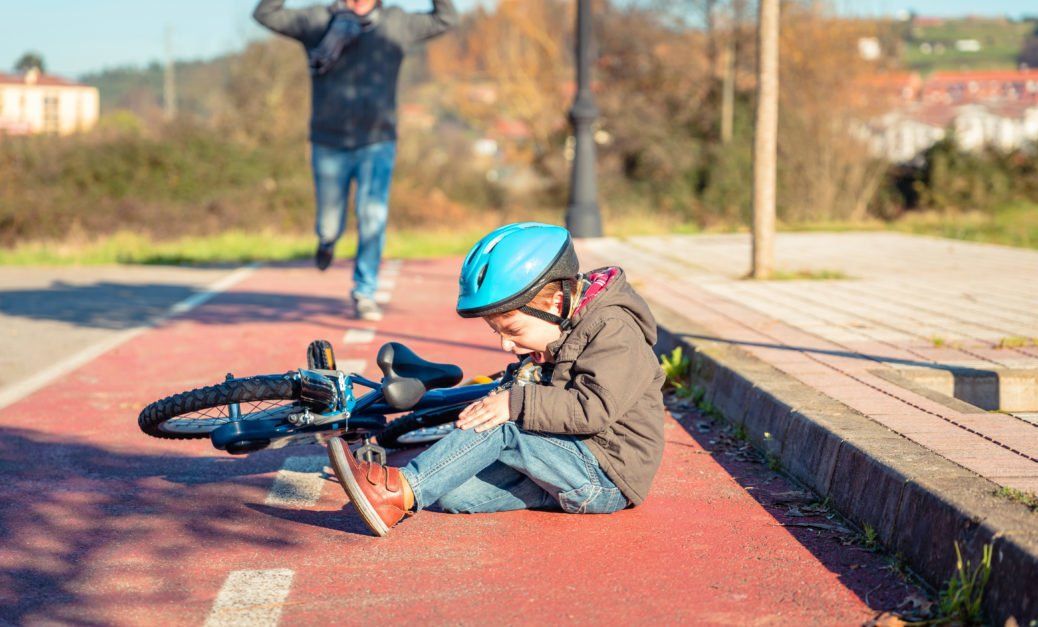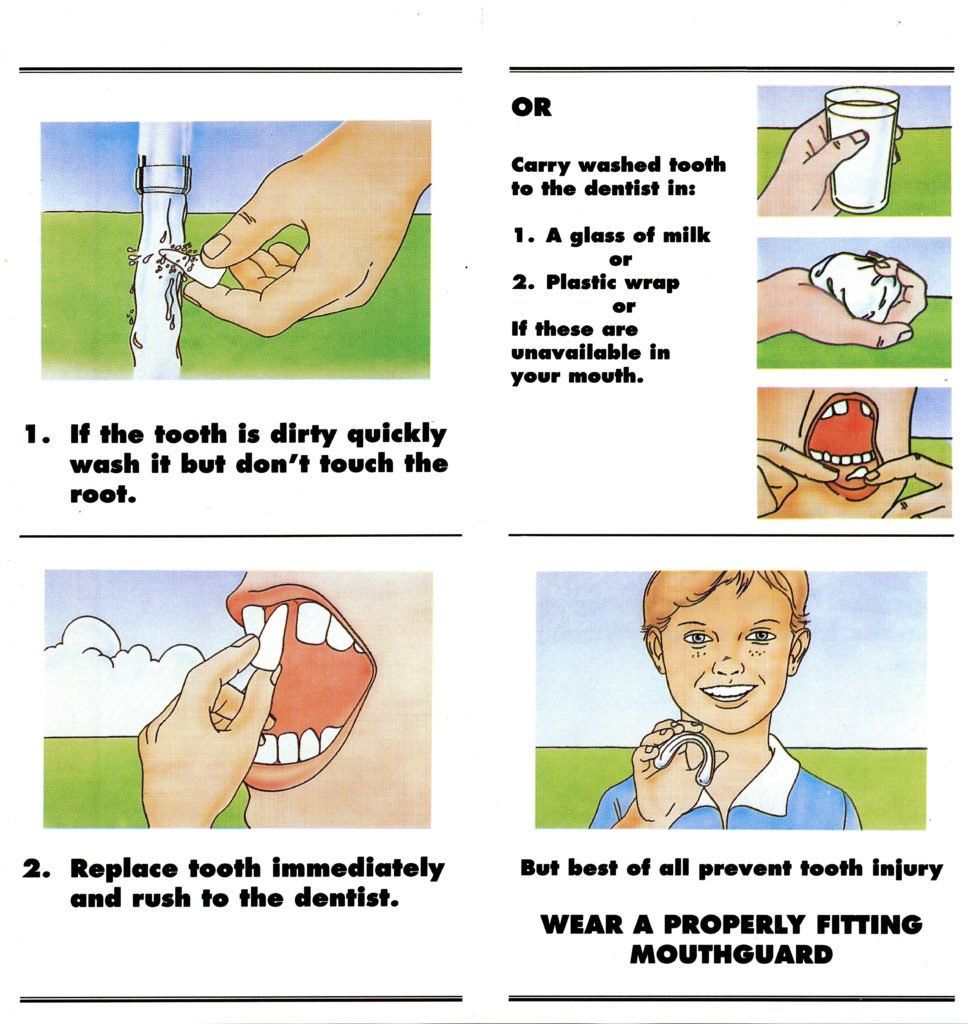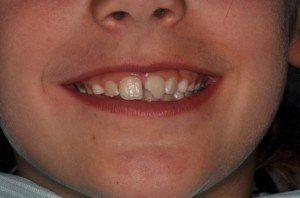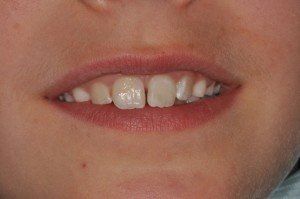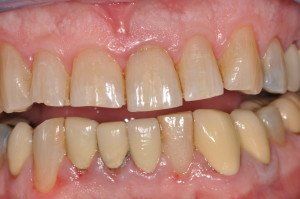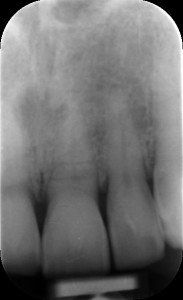ACCIDENTS
Dental Accidents and What to Do
1. Is this a more serious injury? An injury to the teeth means you have had a head injury. You may also have a brain or neck injury. If you experience any of the following then please go straight to your nearest hospital emergency department.
- Loss of consciousness
- Have a headache that gets worse
- Feel drowsy and can’t wake up
- Can’t recognise people or places
- Vomit more than 3 times
- Behave unusually or seem confused
- Are very irritable
- Have seizures
- Have weak arms, legs, are unsteady on feet
- Slur speech
- Deep cuts
- Neck pain
- Broken facial bones
2. Is the injury and adult tooth or a baby (primary) tooth?
Permanent adult front teeth usually come through about 6 or 7 years of age. Adult front teeth are larger and have more rounded edges. Baby (primary) teeth are smaller and are often square on the corners and sharp in the front edge from wear.The treatments for adult and baby teeth are different and outlined below.
Adult Teeth
Knocked out tooth
- Find the missing tooth if you can.
- Make sure it is an adult tooth, not a baby tooth. Baby teeth should not be replanted.
- Hold the tooth by the crown (white bit) and avoid touching the root (the yellow bit).
- If the tooth is dirty, wash it briefly for 10 seconds under cold running water.
- Replant the tooth immediately and bite on a handkerchief to keep the tooth in position.
- If the tooth cannot be replanted, it can be temporarily stored in the patient’s mouth, tucked between the back teeth and the cheek. Do not use this technique for young children who may swallow the tooth. Instead get the patient to spit in a container and place the tooth in it. Alternatively place the tooth in milk or saline. Do not store the tooth in water!
- Call us and seek dental treatment immediately.
- IDEALLY THE TOOTH NEEDS TO BE REPLANTED IN LESS THAN 30-60 MINUTES.
If you cannot find the tooth it may be somewhere in the mouth, in the lip, tongue, or even in the object the patient collided with. If you still can’t find it, it may have been pushed right in out of sight (intruded) , inhaled or swallowed. We will always look for it during an accident examination
Crooked or out of position tooth
- A tooth may be knocked out of its correct position. It may be twisted, moved sideways, forwards, backwards, pushed further in (shorter) or moved out (longer).
- Often this will mean it is difficult for the patient to bite their back teeth together normally. It may also be painful to bite.
- Sometimes there is bleeding around the gum line of the tooth.
- Call us and seek dental treatment as soon as possible.
Broken tooth
- If you can find the broken fragments, keep them! Often the patient will feel the bits of broken tooth in their mouth. These can sometimes be re-attached using bonding.
- If there is bleeding from the middle of the fractured area or you can see a small pink spot call us and seek dental treatment immediately.
- If there is no bleeding from the tooth treatment is not urgent but should still be sought as soon as possible.
Loose tooth
- A tooth may be loose but still in its normal position.
- Sometimes there is bleeding around the gum line of the tooth.
- Treatment is not urgent but preferably see a dentist within 48 hours.
Bitten tongue or lip
- Apply direct pressure to the bleeding area with a clean cloth.
- If swelling is present place cold compresses.
- If bleeding does not stop, go to your nearest hospital accident and emergency clinic.
Possible broken jaw
- Immobilise the jaw by any means (handkerchief, necktie, towel). Gently bite the teeth together if possible and tie under the chin and over the top of the head.
- Go to your nearest hospital accident and emergency clinic.
Other Dental Injuries
Sometimes after an accident there are hidden dental injuries to adjacent teeth, broken tooth roots or even damage to the adult teeth below (if a baby tooth is involved.) We strongly advise visiting us for an examination and to register the injury with ACC. They will contribute to the cost of fixing any future problems if we have a record and can prove the damage was caused by the accident.
This patient had a mountain bike accident and came to see us 2 years later. On the outside the tooth was slightly longer than the adjacent teeth but otherwise looked fine. Underneath the tooth had a fractured root, seen as the dark lines in the x-ray.
Baby teeth
Knocked out tooth
- Do not replant baby teeth. They will be naturally replaced by an adult tooth in the near future.
- Try and find the missing tooth to make sure it hasn’t actually been pushed right in (intruded) or is stuck in the lip, tongue or elsewhere.
Pushed in teeth (intrusions)
- These need to be assessed by a dentist as soon as possible to make sure they haven’t been pushed into the adult tooth below.
Other injuries to baby teeth
- No other injuries to baby teeth require urgent treatment. However an examination is recommended.
- It is not uncommon for baby teeth to discolour and become darker after trauma. Providing the tooth has no other symptoms, this usually requires no treatment.
Managing accident patients
- Keep the patient calm.
- Try and get the patient as comfortable as possible and out of pain by giving them an appropriate dose of paracetamol (pamol for kids).
- Apply pressure to any areas of bleeding until they stop.
- Wipe away any excess blood with a soft damp cloth. This generally makes everyone feel better and helps view how bad injuries really are.
If you are unsure if the patient’s injury warrants a dental visit, please call us and we can give you advice. Some injuries need to be treated immediately to save the teeth or to get the best long term outcome.
Further Information
- Dental accidents are very common.
- 60% of all dental trauma occurs to children 14 and under, 30% to 15-21 year olds and the remaining 10% to those over 22 years.
- The male to female injury ration is 2:1.
One of the best ways to prevent tooth accidents is to wear a mouthguard.
For more detailed information, we highly recommend this excellent website:
http://www.dentaltraumaguide.org/
For a great dental trauma first aid ‘app’ visit:
- https://itunes.apple.com/app/id527527459 (for Apple devices)
- https://play.google.com/store/apps/details?id=com.dentaltrauma (for Android devices)
One of the best ways to prevent tooth accidents is to wear a mouthguard.
Wellington CBD Location
© 2024
Discover Dental
Contact
04 472 3510

